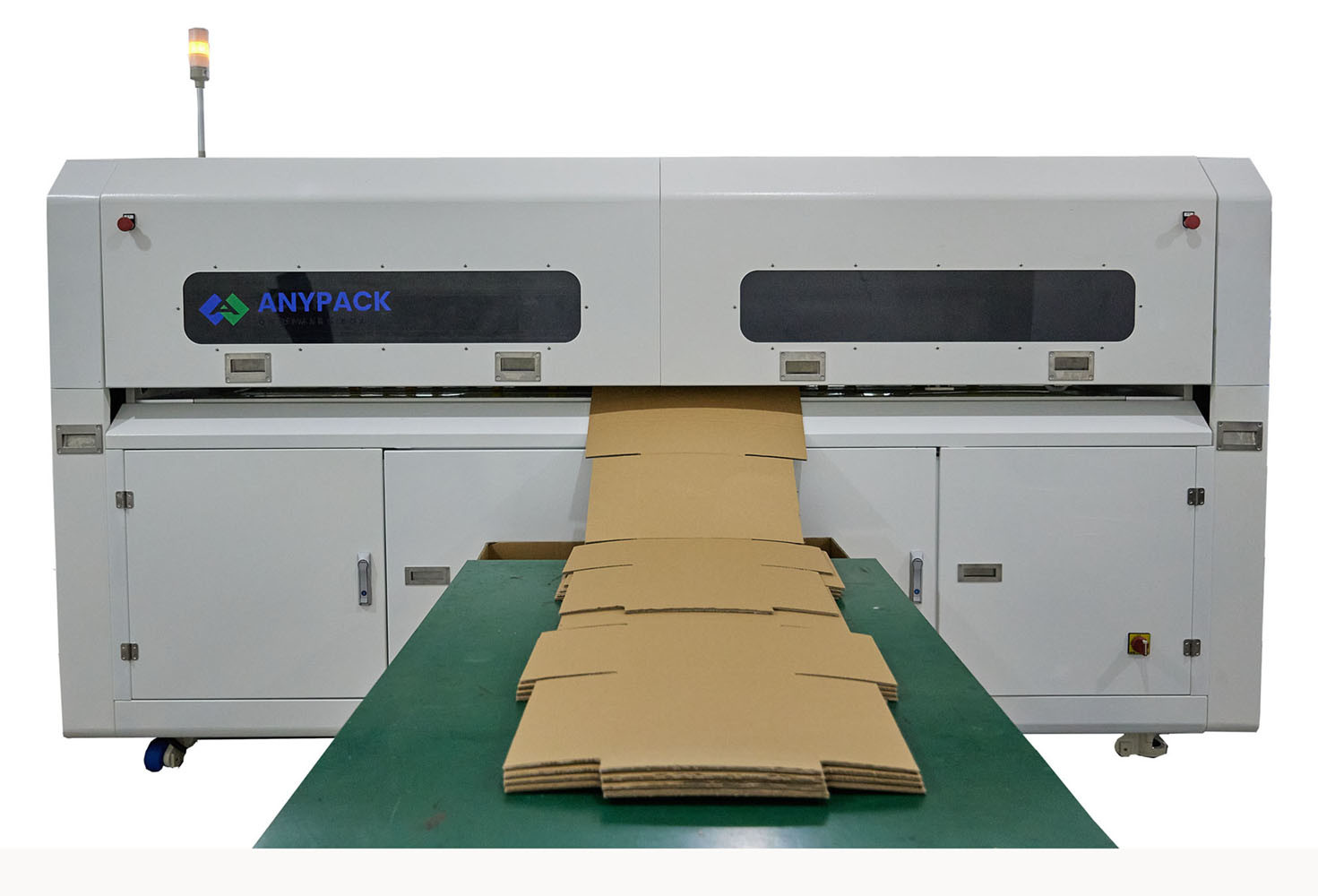In an era where environmental concerns are at the forefront of global discussions, industries worldwide are reevaluating their practices to embrace sustainability. The packaging industry, a significant contributor to environmental challenges, is witnessing a shift towards eco-friendly solutions. Corrugated box making, a vital component of the packaging sector, is not exempt from this transformation. In this blog, we explore the sustainable solutions and green practices that are revolutionizing the Corrugated Box Making Machine industry.
The Environmental Impact of Traditional Corrugated Box Production
Traditional methods of corrugated box making have long been associated with environmental concerns. The production process involves significant energy consumption, the use of non-renewable resources, and the generation of substantial waste. The negative environmental impact extends beyond the manufacturing stage, as the disposal of these boxes often contributes to pollution and landfill issues. Recognizing these challenges, the industry is actively seeking sustainable alternatives to reduce its carbon footprint.
Recycled Materials: A Cornerstone of Sustainable Corrugated Box Making
One of the primary steps towards sustainability in corrugated box making is the increased use of recycled materials. By utilizing recycled paper and cardboard fibers, manufacturers can significantly reduce their reliance on virgin raw materials. The recycling process not only conserves natural resources but also minimizes the environmental impact associated with the extraction and processing of new materials.
Efficient Energy Use and Renewable Resources
To further enhance sustainability, modern corrugated box making facilities are adopting energy-efficient technologies. From the use of advanced machinery to the implementation of renewable energy sources, manufacturers are actively seeking ways to reduce their energy consumption and environmental impact. Solar and wind power, in particular, are gaining popularity as clean energy options, contributing to a greener production process.
Water Conservation and Eco-friendly Practices
Water is a precious resource, and its responsible use is crucial in any manufacturing process. Sustainable corrugated box making involves implementing water conservation measures and adopting eco-friendly practices. Closed-loop water systems, rainwater harvesting, and water recycling technologies are becoming standard in environmentally conscious facilities. Additionally, the use of eco-friendly inks and adhesives ensures that the final product is not only recyclable but also minimizes the release of harmful substances into the environment.
Life Cycle Assessments and Extended Producer Responsibility
A holistic approach to sustainability in corrugated box making involves conducting life cycle assessments (LCAs) to understand the environmental impact of a product from its creation to disposal. By analyzing each stage of a box’s life cycle, manufacturers can identify areas for improvement and implement changes to reduce overall environmental impact. Moreover, embracing extended producer responsibility (EPR) encourages manufacturers to take responsibility for the entire life cycle of their products, from design to disposal, further promoting sustainable practices.
Consumer Education and Recycling Initiatives
Sustainable corrugated box making extends beyond the manufacturing floor to consumer awareness and behavior. Educating consumers about the recyclability of corrugated boxes and promoting responsible disposal practices are essential components of a green supply chain. Recycling initiatives, including collection programs and partnerships with waste management organizations, play a crucial role in closing the loop and ensuring that used boxes are recycled and reused rather than ending up in landfills.
